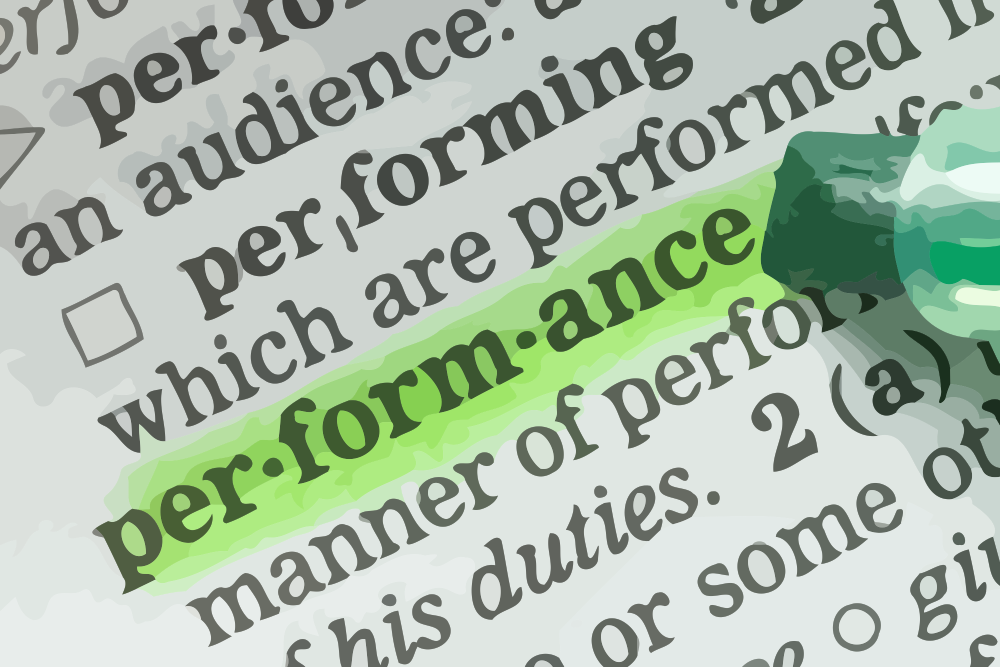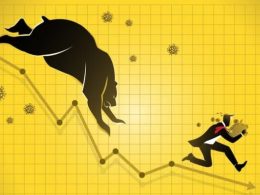by Hubert Marleau, Market Economist, Palos Management
The market has been fearless of late with not just low volatility, but also tight credit spreads because there has been little anxiety of stagflation-depressed growth or elevated prices; thus high expectations that the monetary cycle will continue to ease, and lofty confidence that the AI capex boom will bring business efficiencies, opportunities and profitability through the overall monetization of AI.
This exuberance stems from living proof that the US economy is thriving. The Bureau of Economic Analysis revised upward its second-quarter estimate of real GDP to 3.8%, while the Atlanta Fed predicted that the third-quarter quarter could be as high as 3.9%, with the bulk of these increases driven by rising productivty.
The big unanswered question that investors are asking is whether the beat will go on. There is controversy over that, as there always is; but this time around it has a lot to do with really knowing where the present monetary stance sits - tight, neutral or easy - and where it's heading. In this regard, it is crucial first and foremost to figure out where the neutral rate presently sits. Why? Because the neutral rate - also known as the neutral rate or equilibrium interest rate - is basically the interest rate level that neither spurs nor slows down the economy. It’s like a “sweet spot,” where economic activity is balanced - not too hot, nor too cold.
According to the FOMC’s Summary of Economic Projections (SEP), the Committee’s average view is that the neutral “long run” federal funds rate is 3.125%, therefore 100 bps lower than the current Fed policy rate (4.125%). This concept is econometrically ghostly: it's not a fixed value, but a theoretical mark that changes over time, making the official estimate eerie. And yet it's a very practical way to make judgments on whether the policy rate is appropriate, by matching it with movements in the misery index, the money supply and the yield on 5-year US Treasuries, which is essentially a reflection of market behaviour of expectations
Given the Fed’s mandated objective of price stability and full employment, the optimum level for the misery index is roughly 6.5 - 2.0% for inflation and 4.5% for the unemployment rate - with inflation being 30% of the index; where growth in the money supply is about 6.0% - 2.0% for inflation, 2.5% for growth and 1.5% for liquidity.
At the time of writing, the misery index stood at 6.0, while the money supply was running at an annual rate of 4.8%, suggesting that the Fed could afford a few more rate cuts (which, incidentally, are supported by the 3.75% yield on 5-year treasury notes - 50 bps lower than the Fed’s target rate). In this connection, it still looks like clear skies ahead, meaning that the beat is indeed likely to go on for a while longer. The Bank of America’s chief strategist Michael Harnett, in a note to his readers, said “Every bubble in history has been popped by central-bank tightening and no central bank in the world has hiked rates in the last 2 months.”
What Took Place in the 11 days ended October 3?
On September 25, the S&P 500 finished lower by 0.5% to close at 6605, booking a 3-day losing streak after economic data suggested that labour-market conditions and durable goods orders were improving, which reshaped expectations around the Fed’s future policy path.
On September 26, the S&P 500 closed higher, rising 0.6% to end the week on a high note at 6664. Stocks did well, even though the University of Michigan reported that consumer sentiment had fallen across a broad swath of the population by age group, income and education. What dominated the market, however, was the Atlanta Fed’s GDPNow casting model, which predicted a blockbuster 3.9% annual rate of GDP growth for Q3, with most of it probably coming from productivity gains, while latest data on inflation did not rise enough to alarm the monetary authorities.
On Monday, September 29, stubbornly optimistic traders and fearless investors shrugged off last week’s mini pullback and brushed aside threats of a government shutdown whose odds were around 70%, pushing the S&P 500 higher by 0.3% to 6661.
On Tuesday, resilient bulls once again carried the day. The S&P 500 rose 0.4%, ending the day near its all-time high at 6688, despite a Conference Board report showing that consumer confidence had fallen sharply the previous month on worries about the labour market. The latter froze in September, as job openings were unchanged, the rate of hiring slowed and fewer people quit their jobs for fear they would not find other work; while Washington was hours away from a government shutdown with the Republicans and Democrats far apart on a deal to avert one.
On Wednesday, traders placed cash bets on stocks, believing confidently that Washington would get back up and run its business soon; that the fortunes of the drug industry would improve; that the Fed would preserve its independence; and that a splat of weak employment data from the ADP’s private payroll report and the ISM Manufacturing Index would guarantee another rate cut in October. The swap market was even pricing in a 99% chance of a quarter-point reduction this month and an 87% probability of that being followed by another for Christmas. The S&P 500 rose 0.3%, accordingly, clinching a new all-time high of 6711, the 29th record close of 2025.
On Thursday, the bullish momentum in US tech stocks, which was driven by OpenAI sale of shares to Softbank on a valuation of $500 billion pushed the S&P 500 up to 6715 for yet another record high.
On Friday, trading was mixed, but as usual the S&P 500 rose again to 6716.
The Near-Term Stock Market Outlook:
Two weeks ago, I wrote: “One human factoid that is encouraging for equity bulls is that the S&P 500 has been higher, on average, a year after the Fed resumes cutting rates following a pause of 6 months or more, as is the case now. Perhaps intriguingly, but according to the Bank of America’s monthly survey of global fund managers, smart money is flashing warnings that stocks are overvalued with too much froth, fearing dollar debasement, a second wave of inflation, and a disorderly rise in bond yield as potential threats and yet are bullish on the market itself, believing that the AI phenomenon is not in a bubble.”
Nonetheless, while there are warnings by many AI experts that tech is overvalued, there are also a lot of encouraging forecasts by many commodity traders that the future for energy and minerals alike is extremely attractive, along with an abundance of well-founded remarks by old-timers pointing to the relative value of the deeply discounted defensive stocks (utilities, consumer staples other than Walmart and Costco, and healthcare). These are points of view that I just cannot ignore and must consider seriously while acknowledging that productivity and earnings are still on the rise and that a dollar debasement continues to be an agenda item for foreign investors.
All this is messy, but the path to 7000 for the S&P 500 is alive and well. Indeed, it may seem irrational to some observers, but not to the bulls of Wall Street who still have plenty of dry powder at a time when they appeared earlier to be all too willing to discount the ongoing resilience of the economy, the strong outlook for corporate earnings, and forthcoming rate cuts. High valuations may cause temporary corrections, but not bear markets. The latter are caused by recessions, which depress both earnings and multiples at the same time. Nonetheless, there are still 3 overcrowded trades out there: long gold, short dollar and long tech. With this in mind, I’ve bought FCX, WFG, and CRWD, raised positions in LLY and MRK, sold ADBE, and lightened up positions in MSFT and ORCL.
Copyright © Palos Management












